Serge Belloni (1925-2005) The Painter of Paris - The Pont Marie and the Ile Saint-Louis under the Snow Oil on canvas circa 1960
Collection MLD Antiquités: This beautiful painting by Serge Belloni is not in our Gallery, it is kept in our private collection.
Serge Belloni nicknamed The Painter of Paris, devoted his life as a painter to transcribing day after day, in all weather, the face of Paris.
This beautiful painting shows us a view of the Pont Marie, with the Ile Saint-Louis under the snow, Serge Belloni is fond of autumn, the beginning of winter or the trees stripped of their leaves allowing him to show the architecture and the soul of beautiful Paris.
This painting is to be compared to the one presented in the book Serge Belloni Le Peintre de Peintre de Paris for the exhibition at the Galiera Museum.
Superb oil on canvas signed in lower left Serge Belloni circa 1960.
Sizes unframed: H 28.74 In. - W 36.22 In.
Sizes framed: H 37.00 In. - W 44.48 In.
In fine original condition, we offer this painting in its original condition, served by its original wood frame.
First prize of painting in Versailles (1949), Marie Bashkirtseff prize (1952), Silver Medal of the City of Paris, Vermeil Medal of the City of Paris (1980).
Serge Belloni was born in Piacenza, Italy, on February 25, 1925. As a child, he lived in Paris, in the Faubourg Saint-Antoine, where his parents had lived for many years. His father, a craftsman, worked as an upholsterer-decorator.
Serge Belloni had to work part-time to pay for his studies at the Ecole des Beaux-Arts; these were difficult years that left their mark. At that time, he became friends with Lucien Moretti and Gérard Blondel.
At a very young age, Serge Belloni showed his work in exhibitions, following a solitary path from the beginning, far from genre groups.
He organized his first exhibition in Paris at the age of 21; from then on he lived solely, and without compromise, from his painting, carrying, as he likes to say, his cross every day. Whatever the weather, he painted "on the spot". Numerous trips to Holland allowed him to study, on the spot, the secrets of the Flemish masters. He worked on the rediscovery of ancient techniques that he would never stop perfecting. He uses the egg painting technique.
Serge Belloni works every day, in all seasons, without ever stopping, as if life was escaping him at every moment. His paintings are in the most important collections: Paris, Milan, Moscow, and New York ...
Serge Belloni died in Menton on October 28, 2005.
Museums:
Carnavalet Museum in Paris where several of these works are kept.
Museum CA' Pesaro in Venice.
Bernard de Montgolfier - General Inspector of Paris Museums - Chief Curator of the Carnavalet Museum
At every period in its history, since the Renaissance, Paris has found painters capable of scrutinising its permanent or fleeting face, and passing it on to posterity. As we can see at Carnavalet, the city of the 17th century lives on for us thanks to Abraham de Verwer and other specialists in the urban landscape whose names are unknown to us. The Paris of Louis XV and Louis XVI was faithfully represented by Grevenbroeck, Raguenet, P.A. de Machy and Hubert Robert. During the Romantic period, the spectacle of the capital inspired Bouhot, Canella and many lesser masters, as well as Corot and Georges Michel. In the second half of the 19th century, Paris had a number of Impressionists as interpreters, alongside Lépine, Jongkind and observers such as Jean Béraud and Luigi Loir. Closer to home, the tradition was continued by Bonnard, Marquet and Utrillo. It would be a pity if, nowadays, the dictatorship of non-figurative art and the convenient use of photography - whatever the merits of its contribution - had the effect of dissuading good painters from taking Paris as their model. The Paris of the second half of the twentieth century must also have its interpreters, for the face of the city remains an inexhaustible theme, susceptible to many variations depending on the personality of the artists. Serge Belloni's work provides a courageous and convincing answer to the question ‘Why still paint Paris?
Born in Italy, Serge Belloni likes to plant his easel along the canals and in front of the pink facades of Venice, where he knows how to translate the timeless poetry. He has also created a genre of paintings of flowers on a golden background.But it is clearly from Paris, where he has settled, that he most readily draws his inspiration. While unashamedly adhering to the age-old tradition of the urban landscape, Serge Belloni rejuvenates it with the personal sensitivity of his eye, an attentive eye that reveals a great deal of love. Many Parisian locations have seen him at work. In Belleville and Montmartre, with their old walls and uneven streets, he has captured the discreet and slightly melancholy poetry. The Porte Saint-Denis, the rose garden at Bagatelle, an old bistro in the centre are among the various subjects that have tempted his curiosity. But he made no secret of his predilection for the landscape that has always been the glory of Paris: that of the Seine, with its harmonious curve, its islands and banks, its bridges and quays, and the monuments that line its course from Notre-Dame to the Eiffel Tower. This landscape, long cherished by painters, is here again in all its breadth and grace, Serge Belloni having discovered the soul of the city.
Spring, summer and autumn sometimes add their colours to the subjects chosen by the artist. But for Serge Belloni, winter is the real season of Paris. Winter, because it strips the trees down to the fine network of their branches, allowing us to better grasp the subtle harmony of the sky, the water and the stones. Winter, because it gives light its most captivating variations, and colour its most precious nuances. For Serge Belloni, the cold, the clouds, the rain and the snow are friends, and he puts no morose intention into this attachment. It's winter that gives him the opportunity to bring into play all the resources of his craft as a painter, a fine, solid and thoughtful craft, where there are no concessions to the whims of fashion.
A sensitive and faithful interpreter of the Parisian landscape, Serge Belloni has a rightful place in this museum devoted to the Paris of all times. He is present in the transitory form of this exhibition, which he himself rightly conceived as a ‘tribute to Paris’. It will remain here for the long term, thanks to the paintings that are now part of its collections: one acquired by the city in 1963, another donated by Mr Jean Griot, and two that the museum owes to the generosity of their creator. I would like to take this opportunity to thank Serge Belloni for his gift and for the help he has given us in implementing a project that is in keeping with Carnavalet's Parisian vocation.





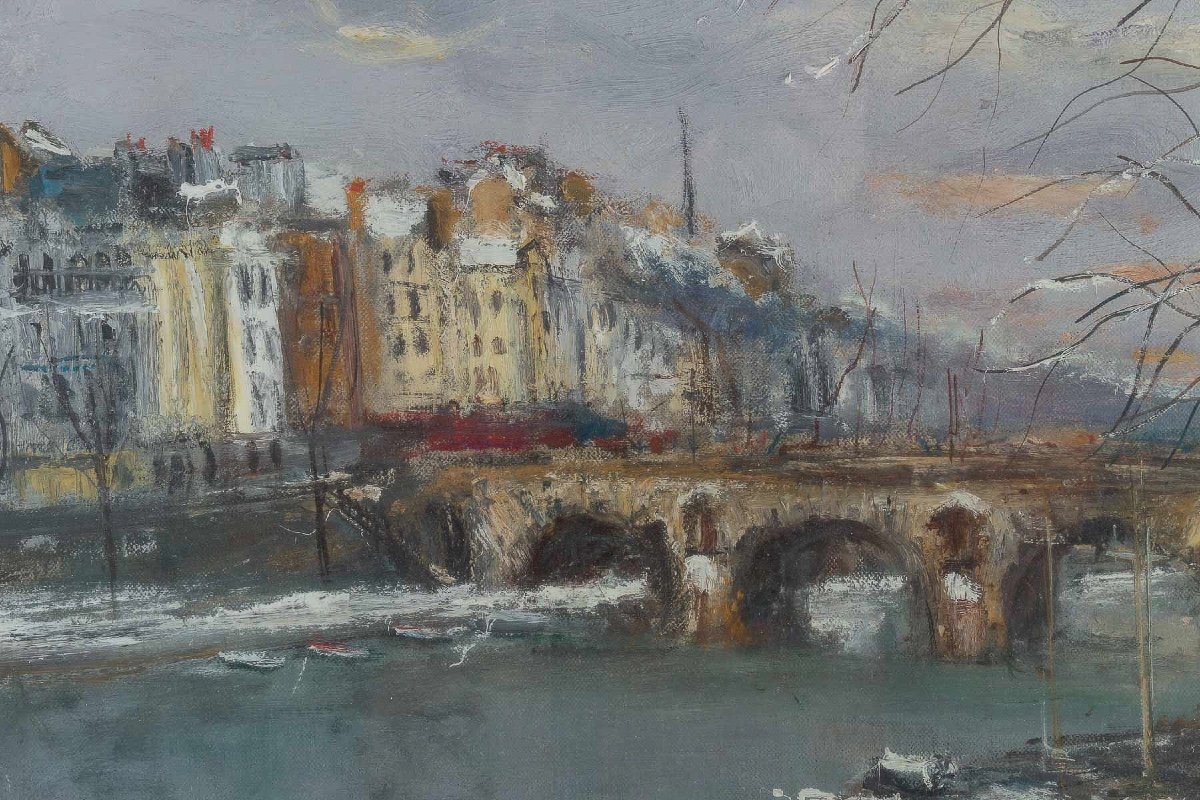
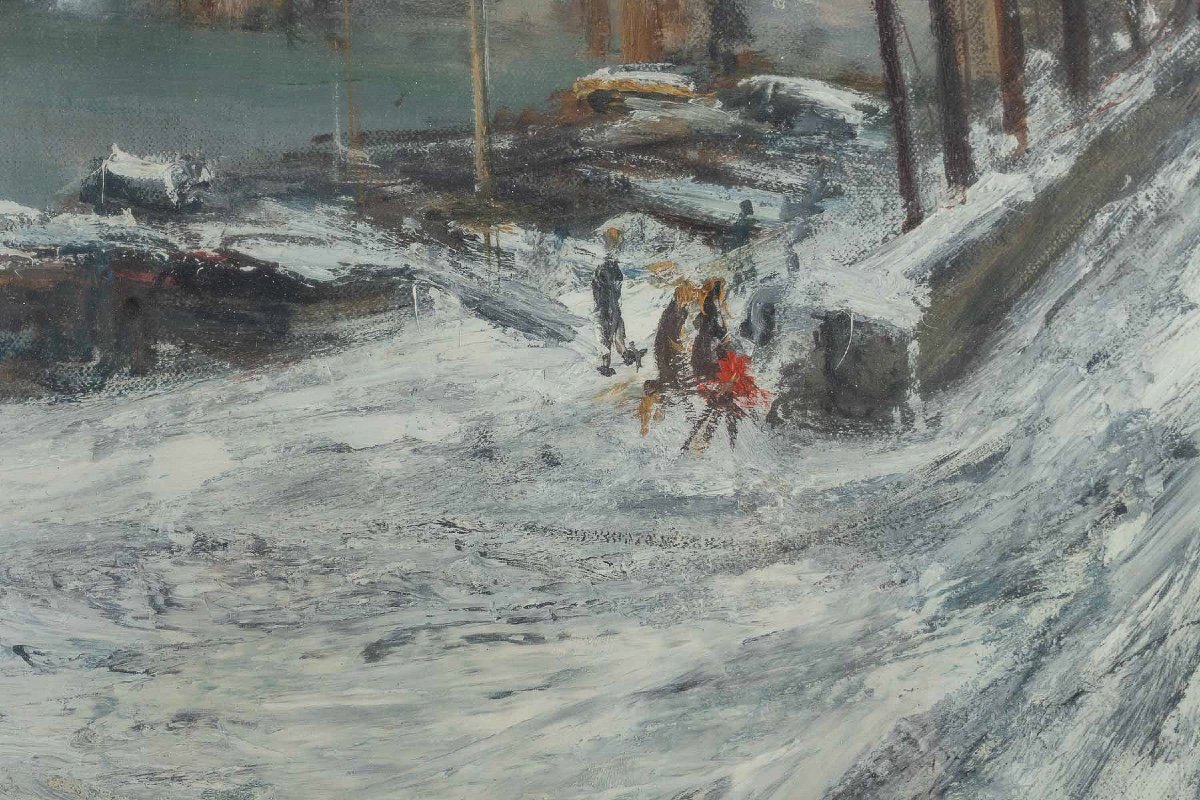



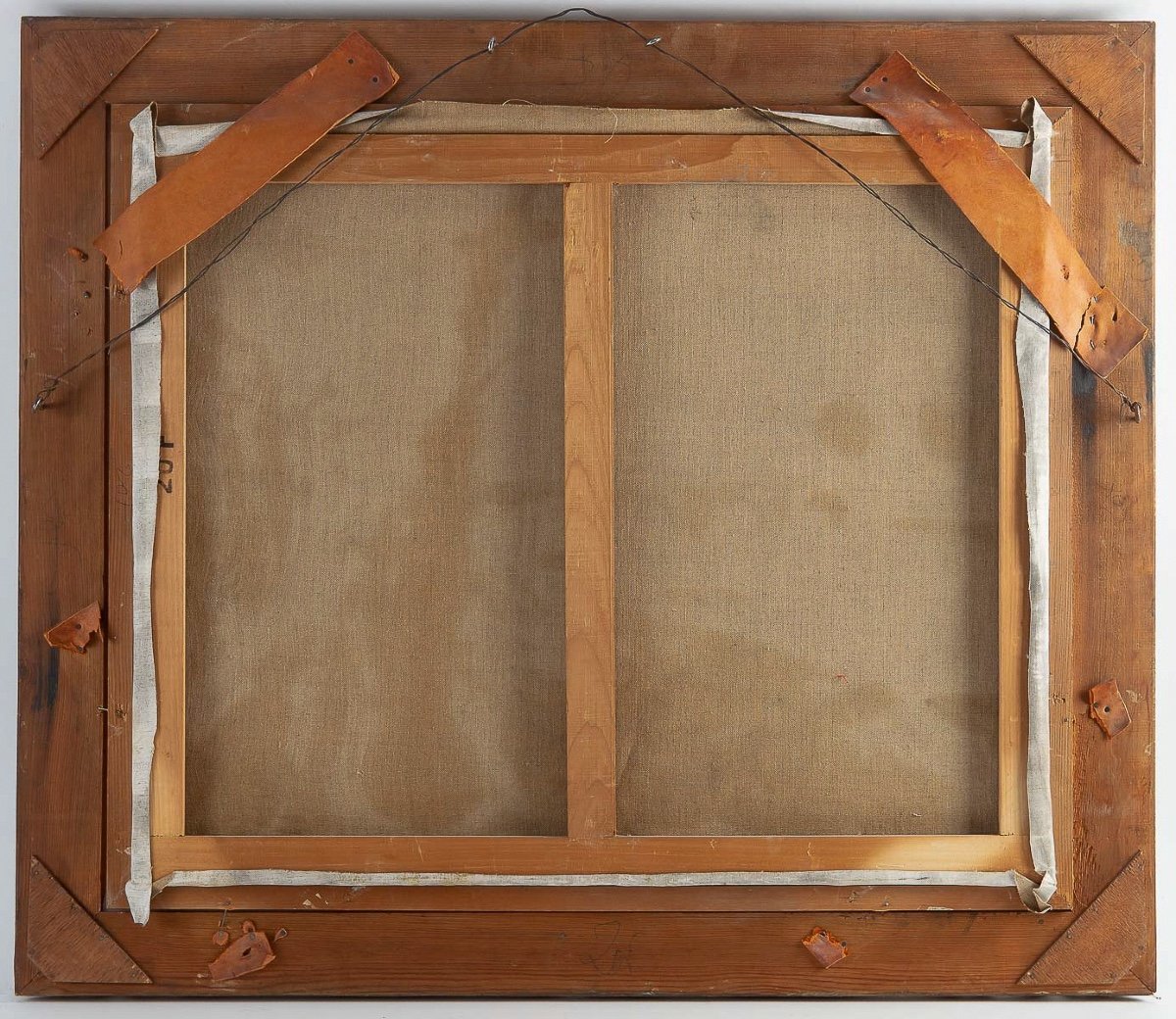












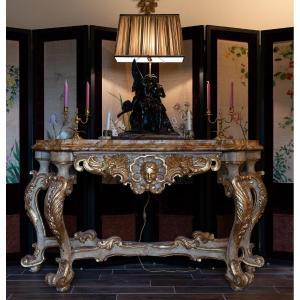


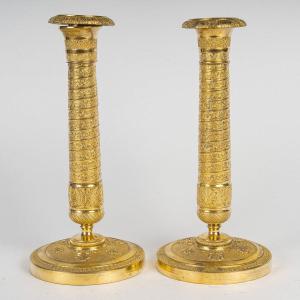







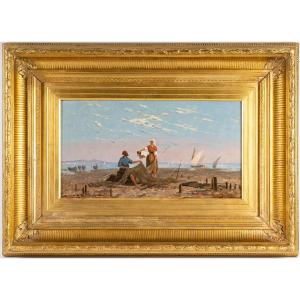











 Le Magazine de PROANTIC
Le Magazine de PROANTIC TRÉSORS Magazine
TRÉSORS Magazine Rivista Artiquariato
Rivista Artiquariato